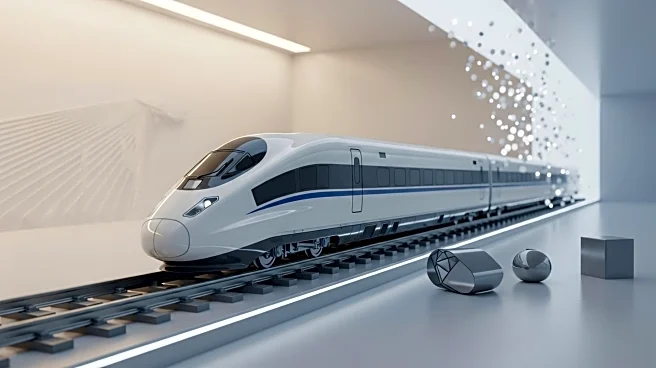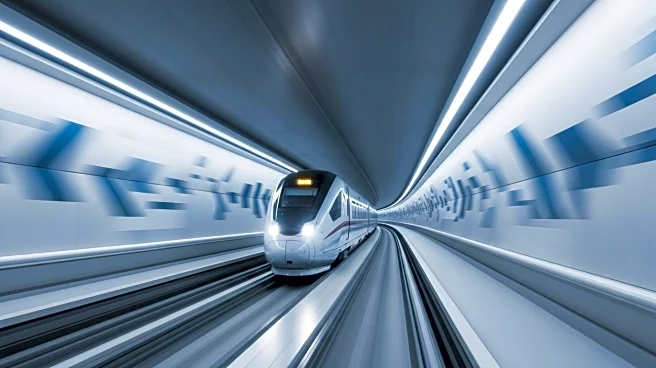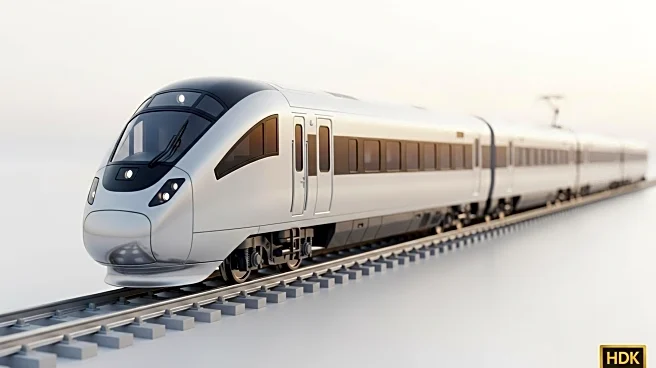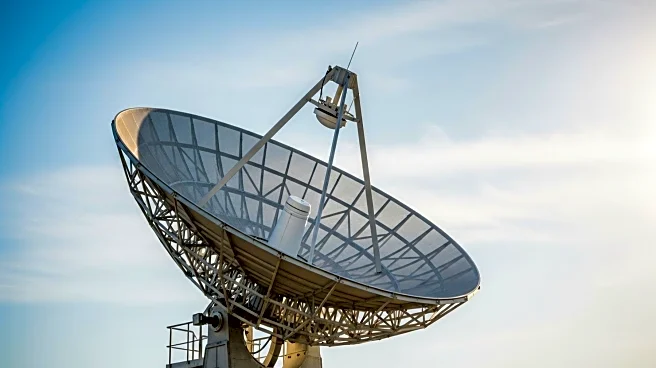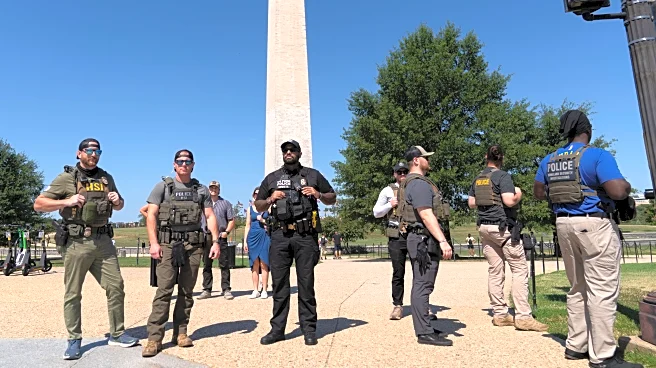What's Happening?
The Trump administration has announced the withdrawal of $175 million in federal funding for California's high-speed rail project. This decision marks another setback for the ambitious project, which aims to connect Los Angeles and San Francisco with a high-speed train. The funding was intended for grade separation, over-crossing, and design work, as well as the construction of a high-speed rail station in Madera. This move follows a previous cancellation of $4 billion in federal grants earlier in the summer. California has responded by suing the federal government, arguing that the funding withdrawal is illegal. The high-speed rail project, initially projected to cost $33 billion and be completed by 2020, has seen its costs balloon to between $89 billion and $128 billion, with a new completion date set for 2033.
Why It's Important?
The withdrawal of federal funding poses significant challenges for California's high-speed rail project, which has already faced numerous delays and cost overruns. The project is seen as a critical infrastructure development that could transform transportation in California by providing a faster, more efficient alternative to car and air travel. The funding cuts could delay the project's completion further, impacting economic growth and job creation in the region. Additionally, the move highlights ongoing tensions between President Trump and California Governor Gavin Newsom, reflecting broader political conflicts over infrastructure and environmental policies.
What's Next?
California is likely to continue its legal battle against the federal government to restore the withdrawn funds. The state may also need to explore alternative funding sources to keep the project on track. Meanwhile, the high-speed rail authority will need to reassess its project timeline and budget in light of the reduced federal support. The outcome of this funding dispute could set a precedent for future federal-state infrastructure collaborations, particularly in politically contentious areas.
